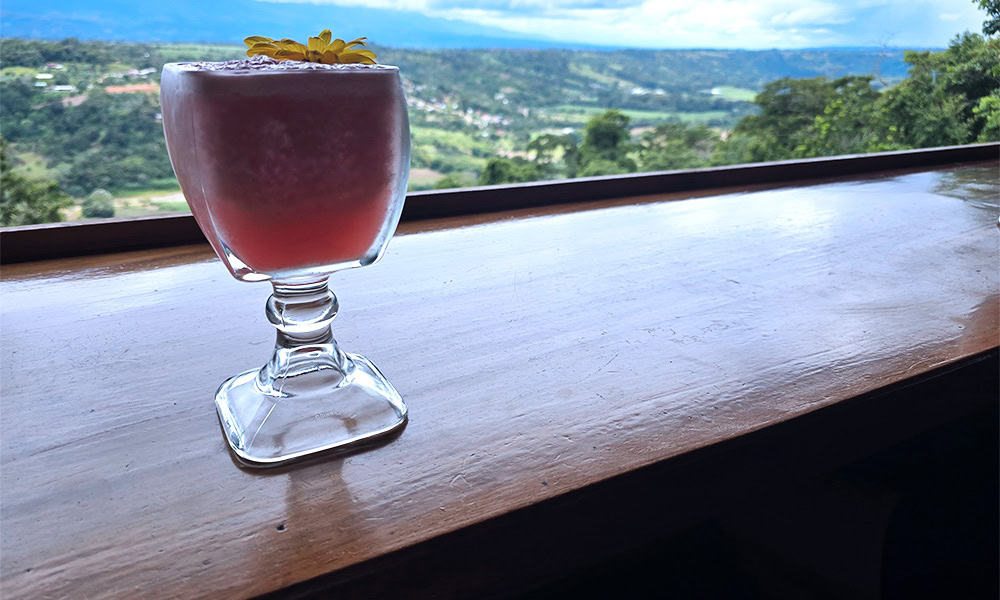I’ve spent the past year on the south Pacific coast, and I’m struck by how much this country offers me—in terms of people, lifestyle and nature. But it also fosters self-awareness about my own habits, assumptions and passions. Here are five things I’ve learned about myself and this beautiful nation.
1. It’s hard to change your day-to-day rhythms
You may have heard about Tico time—and it’s true, there is less urgency in the cadence of southern life. Costa Ricans don’t worship at the temple of efficiency at the expense of grace and kindness. While I may sometimes raise my metaphorical palms in a gesture of “give me patience, please”, my big adjustments have been forced by the formidable equatorial climate.
When the sun is a flame in the sky, it doesn’t make sense to head out for errands at midday or outdoor exercise in mid-afternoon. But my daily patterns were worn deeper into my psyche than I knew. It has taken time to re-shape my days in deference to the searing heat and startling downpours. Happily, the early-to-rise culture suits me well and my daily reward is a glowing sunset that heralds the cooldown by six o’clock every evening.
2. I’m vegetarian and I can’t say it right
I studied Spanish at school, but my pronunciation is way off in Central America. Years ago, two strangers in a bar collapsed into giggles when I said their town name, Jacó, repeating it to each other with delight. (You say Hacó; I say Yáco. Ah well, live and learn.) Still, I could get through simple exchanges. I thought I’d kept the torch aloft with the Duolingo course (twice) and extended visits. But my decline is evident. This is embarrassing in a country where anglo-centric ex-pats can give migration a bad name.
The word ‘vegetariana’, for example, seems easy and, because I am one, I use it frequently. Yet, between the ‘v’ sounding like ‘b’, the ‘g’ sounding like ‘h’, and the ’r’ sounding like ‘d’, this word defeats my repeated attempts. Sometimes, Spanish makes my tongue tired. But, no matter, I’m determined to wrap my lips around this language!
3. White rice is everywhere
Rice remains the foundation of Costa Rican meals. It’s the basis of classic gallo pinto—flavorful rice and beans—and a ubiquitous side dish in homes and restaurants. Simple and filling, it’s an economical and pleasing choice to round out your plate. Thus, there are multiple varieties at the grocery store and I’ve learned that tax and politics play heavily into the staple’s origins.
In 2022, an effort to cut cost-of-living inflation slashed a 35 per cent tariff and shrank the cost of imported South American rice—even elbowing out sheltered American suppliers. But domestic farmers petitioned the courts for protection and the tariff is now reinstated. Still, a years-long decline continues in local rice production, which is also affected by rising costs and climate instability. This newfound knowledge inspires me to flip the bag at the store and note the source of my supper.
4. Life is better with lots of holidays
Costa Ricans take their holidays seriously, a state of mind that I heartily endorse. Long weekends on the coast are embraced with hometown visits, camping on the beach, and noisy parties with family and friends. A walk through our adopted village is shared with bikes and motorbikes, couples strolling together and kids playing in the yards and streets.
Latin music emanates from passing cars and open-air celebrations. Students benefit too—school breaks are scattered generously throughout the year. People work hard here, many slogging through six days a week. I think the breaks give families time to reset and coalesce around the important things in Costa Rican life: community, sunshine and—clearly— barbecue.
5. Butterflies are flags of biodiversity
My heart soars at the sight of Costa Rica’s plentiful butterflies. I think of them as flags of biodiversity, bright markers of thriving ecosystems. They’re everywhere—from a big, blue morpho sailing solo through the trees to smaller pollinator groups fluttering in the jungles, gardens and hedges.
Butterflies in abundance were a common sight in my Ontario childhood too, especially in a summer field of wildflowers. But over the years, their presence became increasingly sparse and ultimately even rare. It happened so quietly that it was easy to miss as buildings and cars slowly took over the landscape. I hope Costa Rica will learn from North America’s mistakes, prizing ecology over expansion to keep these living flags flying high.
As this year on the Pacific coast winds down, I’m struck by how much this country offers me—in terms of people, lifestyle and nature. But it also fosters self-awareness about my own habits, assumptions and passions as I adjust to seasonal shifts, laugh at my own struggles, and appreciate the differences in everyday life. I’m filled with gratitude for this chapter that opens a vista of growing and learning—rather than a sense of winding down in an environment that I’d known all my life.
Julie Pollock
julie@julie-pollock.com
Julie Pollock Consulting






